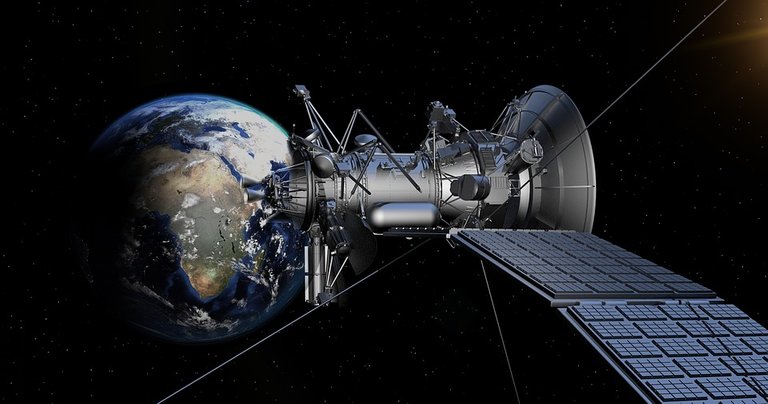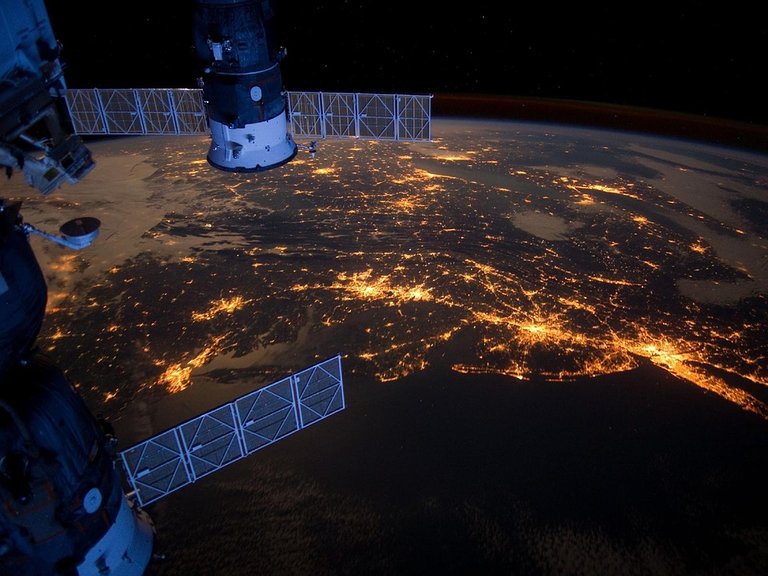At one glance, Bangabandhu satelite -1
Through this, Bangladesh will write the name of those countries whose satellites are circulating around the globe.
Preparations for this dream began a decade ago. BTRC, a telecommunication sector regulator in Bangladesh, has made a committee in this regard in 2008. After the Awami League government came in 2009, the national satellite technology system was introduced in 2009.
After finishing its initial phase with the introduction of an electronic application to the International Telecommunication Unit (ITU) to launch its own satellite, Bangladesh Various steps for the implementation of the plan, the involvement of the local and foreign organizations, the manpower and the budget allocation.
Finally, Bangladesh is waiting for the launch of its first satellite satellite Bangabandhu Satellite-1 through SpacesX, the United States Private Space Research Organization, from the launch pad of Cape Pavilion in Florida.
Expenses in various sectors :------
In September 2014, ECNEC approved the approval of 'Bangabandhu Satellite Launching Project' of Taka 2,968 crore for the transmission and telecommunications services.
Meanwhile, the government's own fund is allocated to the tune of 315.51 million, which is about 44 percent of the total expenditure. Apart from this, Bidar's Financing has planned to collect Tk. 1,652 crore 44 lakh for this project.
In this context, Hong Kong's Shanghai Banking Corporation (HSBC) has signed a loan agreement of about one thousand 400 crore in September 2016. It will be paid in 20 installments in 12 years with a 0.11 percent interest rate.
The US-based Space Partnership International has been appointed as the original consultant for the project in March 2012 for the design of satellite systems.
Then the BTRC signed an agreement with French company Tallis Elinya Space to buy a satellite system of Tk 951.77 million.
To set up a satellite in the orbit of the Earth, specific orbital slots are required. In December 2014, the Russian company InterSpotnik was allowed to lease this orbital slot to 218 million 96 million taka.
Meanwhile, for the overall management of the satellite, an organization called 'Bangladesh Communication Satellite Company Limited' was formed. The approval of capital for this organization was Tk 5 billion.
Bangladesh in satellite service sector :-----
The watershed of Bangladesh and Bangladesh will be under the spot beam of Bangabandhu satellite Keu-band transponder. India, Nepal, Bhutan, Sri Lanka, Philippines and Indonesia are included in this band Transponder Regional Beam.
The countries under the regional C-band beam include Indonesia, the Philippines, Bangladesh, India, Myanmar, Bhutan, Nepal, Sri Lanka, Afghanistan, Pakistan, Tajikistan, Kyrgyzstan, Uzbekistan, Turkmenistan and parts of Kazakhstan. As a result, Bangabandhu-1 will be able to provide telecommunication and broadcasting services in these countries.
One of the expectations about the government's project is that this satellite will play a role in reducing digital discrimination in Bangladesh. Direct-to-Home (DTH) systems will be able to broadcast live television in rural areas by taking a signal from the satellite.
In particular, various natural disasters can affect the existing terrestrial infrastructure, but Bangabandhu Satellite can be used to keep the communication system uninterrupted.
In this context, Associate Professor of Independent University Feroze Ahmed said that the satellite submarine will be available in alternative communication if the submarine cable C-Mi-V4 and C-Mi-Wi5 do not work for any reason.
"Earth's natural disaster effects will not be on satellites. Suppose there is a natural disaster in Sandwip-Hatia. If Land Communications with Dhaka is closed, then Satellite can be contacted by satellite. "
'Geostationary satellite '
The orbit based on elevation from the Earth's surface is identified in three ways. These are Low Earth Orbit (LEO), Geostationary Earth Orbit (Geo) and Medium Earth Orbit (MEO).
After successfully launching and after all the work, Bangabandhu Satellite-1 will be an artificial satellite of geostationary Earth Orbiter above 35,800 km from the surface.
Geostationary satellite is an artificial satellite that travels through the orbit with the illuminated line orbit once in 24 hours. This radius will be in the direction of the Earth's rotation, that is, from the west to the east. As a result, the satellite will be roughly subject to the ground station. That is why the word 'geostationary' has come.
There is a certain period of time for satellite satellites. The Bangabandhu satellite-1 mission for the launch of three thousand 500 kg will be 15 years.
Satellite transponders will receive information (up-link) sent from Ground Station in the form of electromagnetic waves or microwave signals. It will return some of the signal 'amplify' and return it (down-link) to the world.



Sneaky Ninja Attack! You have just been defended with a 1.68% upvote!
I was summoned by @shahparan. I have done their bidding and now I will vanish...
woosh
A portion of the proceeds from your bid was used in support of youarehope and tarc.
Abuse Policy
Rules
How to use Sneaky Ninja
How it works
Victim of grumpycat?